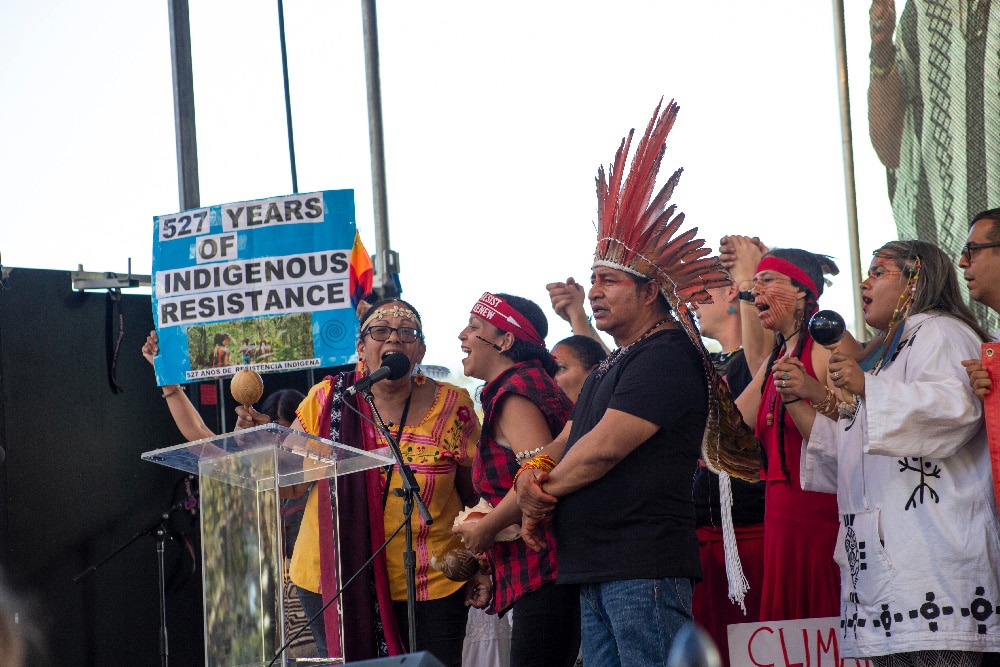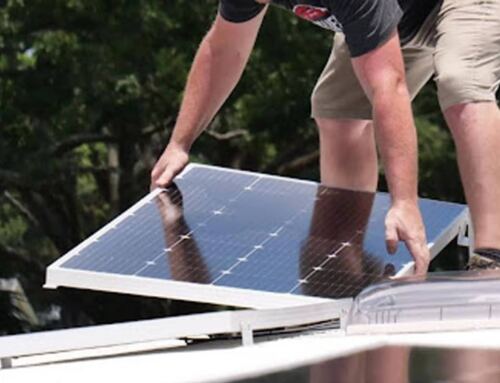Native Americans Embrace the Sun — and the Energy it Provides
In the heart of the struggle against the Dakota Access Pipeline at Standing Rock, Cody Two Bears, a member of the Sioux tribe in North Dakota, found inspiration to pioneer a transformative initiative—building a solar farm. The journey that began as a response to the injustices faced by his community has evolved into a powerful movement among Native American tribes, breaking free from reliance on the U.S. government for power. This blog will explore how solar energy is becoming a catalyst for change as indigenous communities take control of their energy security, drawing insights from a recent BBC article that chronicles this inspiring journey.
 Native American Poverty and the Struggle for Electricity
Native American Poverty and the Struggle for Electricity
For decades, Native American communities have endured a dependence on the U.S. government for electricity, perpetuating a cycle of poverty and limited access to basic amenities. As some of the poorest communities in the country, one in three Native Americans living on reservations experience poverty – and many tribes lack access to basic power. On the Navajo Nation, the largest reservation in the States, 30% of homes don’t have electricity.
The Standing Rock protests in 2016, aimed at preventing the construction of the Dakota Access Pipeline on sacred tribal land, served as a pivotal moment for Cody Two Bears. Witnessing the arrest of fellow protesters, he decided to shift from activism to action. “I realized I didn’t want to just talk about it, protest about it,” Two Bears reflects. “I wanted to be about it.” The struggles faced during these protests fueled a determination to break free from reliance on external energy providers.
Solar as a Solution
Enterprises like Indigenized Energy, founded by Two Bears after leaving tribal council politics, are now leading the charge in installing solar farms for tribal nations. The BBC article highlights that many tribes, despite being eligible for renewable energy incentives, have struggled to access these resources. The Inflation Reduction Act of 2022 has made solar projects on tribal land more economically viable, offering tax subsidies of up to 30% along with grant programs and other stackable credits. Despite these incentives, connecting to the electrical grid remains a complex and costly process, posing a challenge for tribes looking to capitalize on this “once in a lifetime opportunity” to seize the $14bn currently available to them in the form of subsidies and incentives.
Taking Power into Their Own Hands
Solar energy not only provides a solution to the energy needs of Native American tribes but also opens avenues for job creation and economic development. The article emphasizes the significance of upskilling indigenous tribal members, ensuring that they can manage and maintain the solar farms once installed. Indigenized Energy, for instance, has been working to train tribal members as solar installers, providing free education, housing, and practical experience. The efforts of organizations like Red Cloud Renewable, focusing on upskilling for renewable energy jobs, demonstrate a commitment to creating sustainable solutions within the community.
The tribal-led Sage Development Authority’s investment of $3m in technical studies and fees for a wind farm project underscores the challenges tribes face in accessing funds for renewable energy projects. However, the rewards are substantial, as demonstrated by the Sioux tribe’s 1,100-panel solar farm, which saves the tribe up to $10,000 annually in energy costs.
Indigenous People Leading the Way to Energy Security
As Native American tribes navigate the complexities of renewable energy adoption, we at NATiVE Solar encourage readers to consider their own energy choices. Solar energy not only reduces reliance on an aging grid while cutting energy costs, it also contributes to a cleaner, more sustainable future. By making the switch to solar, individuals can play a role in the broader movement toward renewable energy and emulate the resilience and determination displayed by Native American communities.
The journey of these indigenous communities toward energy independence is a testament to the power of self-determination. Solar farms are not just a source of power; they represent a step toward autonomy, economic development, and a brighter future. The lessons learned from the struggles and triumphs of these tribes can inspire individuals and communities globally to embrace solar energy, take control of their energy destinies, and contribute to a greener and more equitable world.
Did this inspire you to go solar? Get a complimentary quote today! Our experts can answer any questions you might have and aid you in creating the perfect solar system to fit your unique needs. #TakeYourPowerBack with NATiVE Solar!

































Leave A Comment